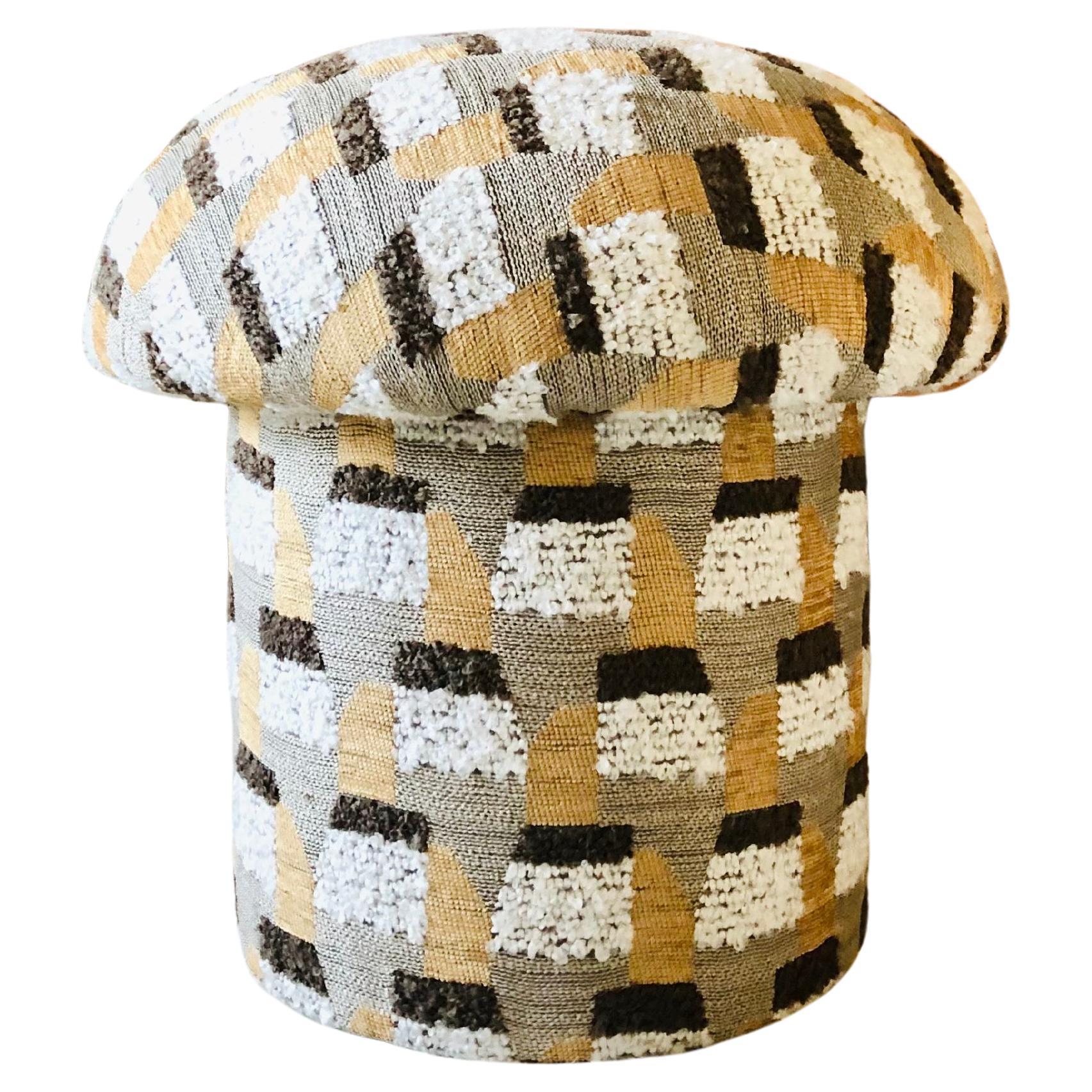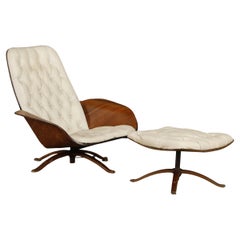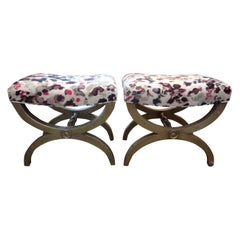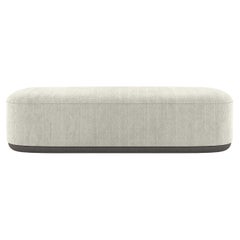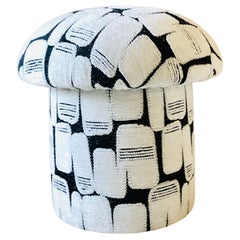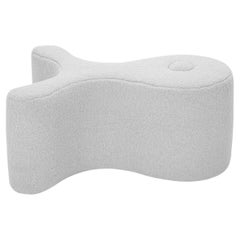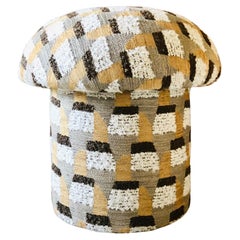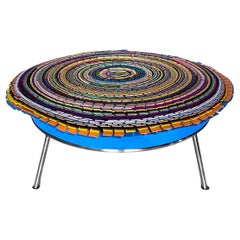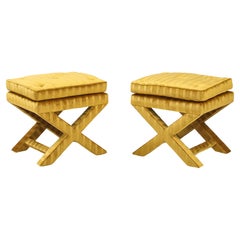Ottomans and Poufs
2010s Italian Ottomans and Poufs
Textile
2010s American Mid-Century Modern Ottomans and Poufs
Fabric
2010s American Mid-Century Modern Ottomans and Poufs
Fabric
1960s American Mid-Century Modern Vintage Ottomans and Poufs
Plywood, Faux Leather
Early 2000s Brazilian Ottomans and Poufs
Iron
1970s American Mid-Century Modern Vintage Ottomans and Poufs
Velvet
21st Century and Contemporary American Modern Ottomans and Poufs
Gold Leaf
1920s American Art Deco Vintage Ottomans and Poufs
Upholstery, Rattan, Reed, Wood
1980s Vintage Ottomans and Poufs
Upholstery
2010s Tibetan Tibetan Ottomans and Poufs
Leather, Fabric
21st Century and Contemporary Lithuanian Scandinavian Modern Ottomans and Poufs
Oak, Sheepskin
Late 20th Century Philippine Post-Modern Ottomans and Poufs
Fabric, Upholstery, Rattan
Early 2000s American Post-Modern Ottomans and Poufs
Brass
2010s Turkish Mid-Century Modern Ottomans and Poufs
Metal
2010s Turkish Mid-Century Modern Ottomans and Poufs
Metal
2010s Turkish Mid-Century Modern Ottomans and Poufs
Metal
2010s Turkish Mid-Century Modern Ottomans and Poufs
Metal
2010s Turkish Mid-Century Modern Ottomans and Poufs
Metal
2010s Turkish Mid-Century Modern Ottomans and Poufs
Metal
2010s Belgian Ottomans and Poufs
Sheepskin, Feathers
2010s Belgian Ottomans and Poufs
Sheepskin, Feathers
1970s British Post-Modern Vintage Ottomans and Poufs
Velvet
Mid-20th Century American Mid-Century Modern Ottomans and Poufs
Metal
2010s German Modern Ottomans and Poufs
Fabric, Foam
1960s Norwegian Mid-Century Modern Vintage Ottomans and Poufs
Leather, Hardwood, Bentwood
Mid-20th Century Unknown Chinoiserie Ottomans and Poufs
Wood, Fabric
20th Century French Ottomans and Poufs
Velvet
Early 20th Century Italian Modern Ottomans and Poufs
Leather
20th Century British Ottomans and Poufs
Tapestry
1930s Italian Art Deco Vintage Ottomans and Poufs
Mohair, Wood
1950s Belgian Baroque Revival Vintage Ottomans and Poufs
Velvet, Wood
2010s Brazilian Ottomans and Poufs
Metal
2010s Mexican Minimalist Ottomans and Poufs
Wood, Oak
2010s Italian Ottomans and Poufs
Metal
2010s Mexican Minimalist Ottomans and Poufs
Wood, Oak
2010s African Ottomans and Poufs
Zebra Hide, Plywood
2010s Italian Ottomans and Poufs
Textile
2010s Mexican Minimalist Ottomans and Poufs
Wood, Oak
2010s Italian Ottomans and Poufs
Textile
21st Century and Contemporary Italian Modern Ottomans and Poufs
Leather
2010s Italian Ottomans and Poufs
Textile
2010s Italian Ottomans and Poufs
Wood
20th Century British Colonial Ottomans and Poufs
Fabric, Mahogany
Mid-20th Century Italian Mid-Century Modern Ottomans and Poufs
Bamboo, Wicker, Rattan
2010s Italian Ottomans and Poufs
Textile
2010s American Brutalist Ottomans and Poufs
Steel, Lead
1950s French Empire Vintage Ottomans and Poufs
Wood
2010s American Mid-Century Modern Ottomans and Poufs
Upholstery
Late 20th Century American Modern Ottomans and Poufs
Fabric, Foam, Wood
2010s Ottomans and Poufs
Zebra Hide, Faux Leather, Plywood
1930s Austrian Art Deco Vintage Ottomans and Poufs
Fabric, Wood
1980s American Chinoiserie Vintage Ottomans and Poufs
Metal
Mid-20th Century American Mid-Century Modern Ottomans and Poufs
Faux Leather, Wood
1950s American Mid-Century Modern Vintage Ottomans and Poufs
Leather, Teak
Late 20th Century Italian Ottomans and Poufs
Walnut
Late 20th Century North American Neoclassical Ottomans and Poufs
Linen, Fruitwood
2010s Swiss Post-Modern Ottomans and Poufs
Leather
Mid-20th Century Mid-Century Modern Ottomans and Poufs
Rattan
1970s Italian Post-Modern Vintage Ottomans and Poufs
Steel, Chrome
1950s European Mid-Century Modern Vintage Ottomans and Poufs
Rush, Pine
Antique and Vintage Ottomans and Poufs
Antique and vintage ottomans and poufs add comfort and style to any living room, game room, home office or minimalist lounge space. An ottoman is a short seat or footstool that is also often used to store items. A pouf is similar, but it’s typically more petite than an ottoman, usually without the storage space inside.
When one thinks of the Ottoman Empire, it’s easy to overlook the iconic seat named for the region. The ottoman — originally an upholstered seat or small bench without a back or arms — was a family’s main seating furniture, a way to merge floor seating with cushions and mats. It wasn’t until they were brought to Europe from Turkey, during the 18th century, that it became popular to join ottomans with other pieces of furniture, such as at the base of a chair. Eventually, these footrests were transformed into storage furnishings to organize quilts and blankets or other textiles. Furniture makers crafted their ottomans with lids that revealed a hidden cupboard, which rendered them both comfortable and practical.
Poufs, which appeared in France during the 1840s, are also of the low-platform seating variety. These versatile furnishings have been made available in all manner of shapes and sizes over time, and depending upon their firmness can be used as a side table should an occasion call for an extra one. However, your average ottoman is almost always firmer than a pouf, and even if the plush pouf in your living room feels sturdy, it’s probably not the best surface for your early-evening cocktail.
Both ottomans and poufs can help create an inviting and warm atmosphere in your living space. For the smaller rooms that are characterized by a casual feel, a shaggy or woven wool pouf might be a better choice, as it’s likely to be more compact and floor-cushion-like than an ottoman. The latter are often larger and more table-like and are comparatively a good fit for a more formal room such as a library or a study. Today, you might find that an ottoman works well in your bedroom, where there isn’t room for a sofa, or perhaps it can serve as a reliable perch in front of your vintage vanity table.
Whatever your seating needs are, find a collection of antique, new and vintage ottomans and poufs in varying styles on 1stDibs that include neoclassical, Industrial and mid-century modern. From the bright colors and bold patterns deployed by Milan-born designer Lorenza Bozzoli to the classy leather furnishings created at family-run Brooklyn, New York, atelier Moses Nadel, there is an endless range of these lovable low stools that merge seamlessly with most decor.
